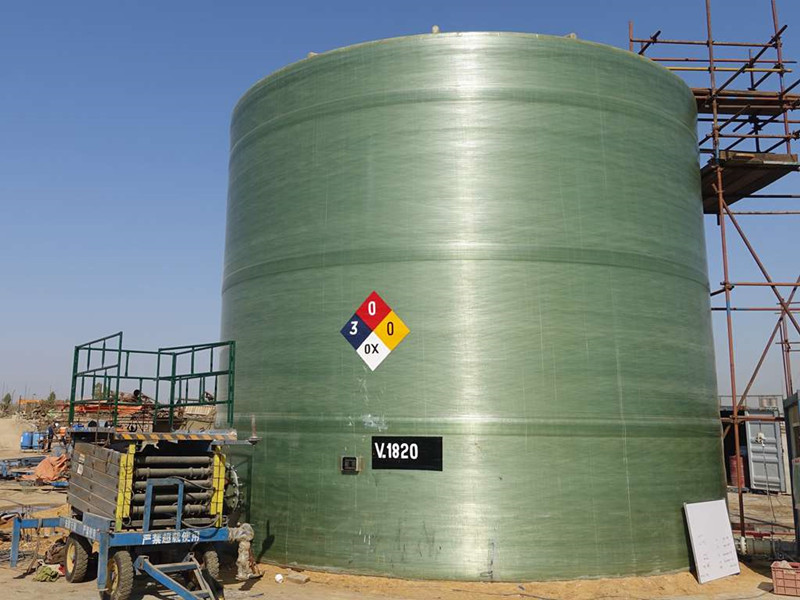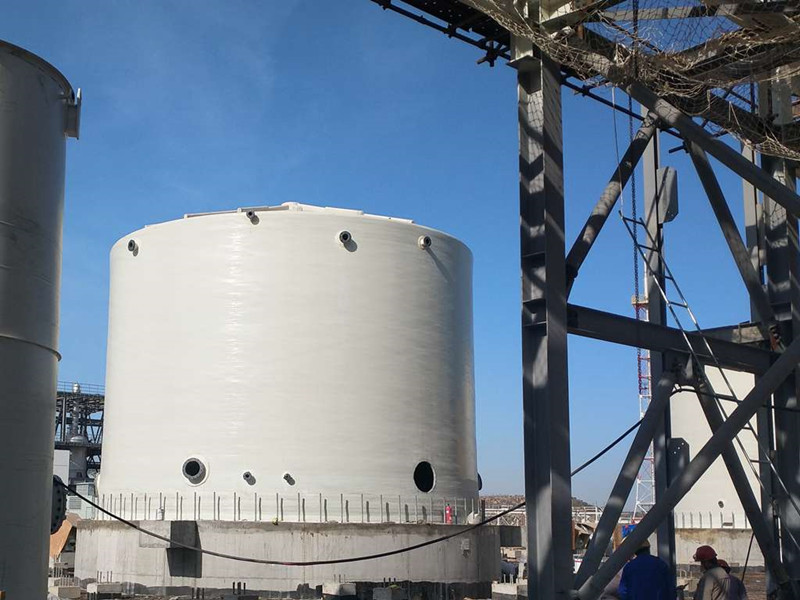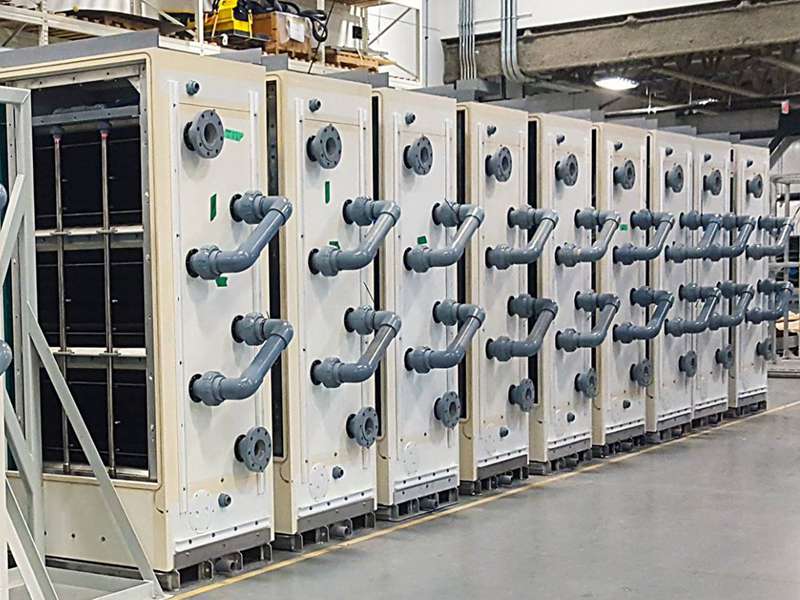
-
 Afrikaans
Afrikaans -
 Albanian
Albanian -
 Amharic
Amharic -
 Arabic
Arabic -
 Armenian
Armenian -
 Azerbaijani
Azerbaijani -
 Basque
Basque -
 Belarusian
Belarusian -
 Bengali
Bengali -
 Bosnian
Bosnian -
 Bulgarian
Bulgarian -
 Catalan
Catalan -
 Cebuano
Cebuano -
 China
China -
 China (Taiwan)
China (Taiwan) -
 Corsican
Corsican -
 Croatian
Croatian -
 Czech
Czech -
 Danish
Danish -
 Dutch
Dutch -
 English
English -
 Esperanto
Esperanto -
 Estonian
Estonian -
 Finnish
Finnish -
 French
French -
 Frisian
Frisian -
 Galician
Galician -
 Georgian
Georgian -
 German
German -
 Greek
Greek -
 Gujarati
Gujarati -
 Haitian Creole
Haitian Creole -
 hausa
hausa -
 hawaiian
hawaiian -
 Hebrew
Hebrew -
 Hindi
Hindi -
 Miao
Miao -
 Hungarian
Hungarian -
 Icelandic
Icelandic -
 igbo
igbo -
 Indonesian
Indonesian -
 irish
irish -
 Italian
Italian -
 Japanese
Japanese -
 Javanese
Javanese -
 Kannada
Kannada -
 kazakh
kazakh -
 Khmer
Khmer -
 Rwandese
Rwandese -
 Korean
Korean -
 Kurdish
Kurdish -
 Kyrgyz
Kyrgyz -
 Lao
Lao -
 Latin
Latin -
 Latvian
Latvian -
 Lithuanian
Lithuanian -
 Luxembourgish
Luxembourgish -
 Macedonian
Macedonian -
 Malgashi
Malgashi -
 Malay
Malay -
 Malayalam
Malayalam -
 Maltese
Maltese -
 Maori
Maori -
 Marathi
Marathi -
 Mongolian
Mongolian -
 Myanmar
Myanmar -
 Nepali
Nepali -
 Norwegian
Norwegian -
 Norwegian
Norwegian -
 Occitan
Occitan -
 Pashto
Pashto -
 Persian
Persian -
 Polish
Polish -
 Portuguese
Portuguese -
 Punjabi
Punjabi -
 Romanian
Romanian -
 Russian
Russian -
 Samoan
Samoan -
 Scottish Gaelic
Scottish Gaelic -
 Serbian
Serbian -
 Sesotho
Sesotho -
 Shona
Shona -
 Sindhi
Sindhi -
 Sinhala
Sinhala -
 Slovak
Slovak -
 Slovenian
Slovenian -
 Somali
Somali -
 Spanish
Spanish -
 Sundanese
Sundanese -
 Swahili
Swahili -
 Swedish
Swedish -
 Tagalog
Tagalog -
 Tajik
Tajik -
 Tamil
Tamil -
 Tatar
Tatar -
 Telugu
Telugu -
 Thai
Thai -
 Turkish
Turkish -
 Turkmen
Turkmen -
 Ukrainian
Ukrainian -
 Urdu
Urdu -
 Uighur
Uighur -
 Uzbek
Uzbek -
 Vietnamese
Vietnamese -
 Welsh
Welsh -
 Bantu
Bantu -
 Yiddish
Yiddish -
 Yoruba
Yoruba -
 Zulu
Zulu
Large Size Field Tanks with AI-Powered Efficiency
Over the last decade, the adoption of Large Size Field Tanks has grown dramatically across global industries such as petrochemicals, mining, water treatment, and metallurgy. Driven by increasing energy demands, stricter environmental regulations (e.g., ISO 16961:2015; ANSI/NSF 61), and a surge in large-scale infrastructure projects, the global field tank market surpassed USD 4.2 Billion in 2023, with an expected CAGR of 7.1% through 2030 (MarketsandMarkets).

Key industry drivers include:
- Increased demand: Storage needs for chemicals, liquids, slurries, and hazardous materials are rising rapidly.
- Stringent safety & environmental standards: Compliance with ISO, ANSI, and FDA guidelines is non-negotiable for competitive suppliers.
- Longevity & maintenance: Modern Large Size Field Tanks offer 25+ years of service life with proper maintenance, minimizing TCO (Total Cost of Ownership).
Large Size Field Tanks are industrial-grade storage units designed for capacities from 100 m3 up to 50,000 m3 and beyond. They are engineered to withstand harsh chemical, thermal, and operational loads in continuous duty environments.
| Parameter | Typical Value | Industry Standards |
|---|---|---|
| Capacity Range | 500 m3 – 50,000 m3 | ISO 28765, API 650, GB 50341 |
| Diameter | 3 – 45 meters | ANSI/ASME RTP-1, ASTM D3299 |
| Height | 3 – 25 meters | API 650/620 |
| Wall Thickness | 6 – 42 mm (per calculation) | ASME, ISO, GB Standard |
| Material Options | FRP/GRP, Carbon Steel, Stainless Steel (304/316), Alloy | FDA, ISO, GB/T 33148 |
| Corrosion Resistance | High (with specialized linings: vinyl ester, ECTFE, etc.) | ISO 11114-1:2012 |
| Design Life | 25–50 years | API 650, ISO 28765 |
| Leak Test Standard | 100% Hydrostatic Test | EN 12285, GB 18583 |
| Temperature Range | -40℃ – +110℃ (material-dependent) | ISO 2026 |
Industrial-grade Large Size Field Tanks combine advanced composite (FRP/GRP) and metallic (carbon/steel alloys) options to deliver optimal corrosion resistance, temperature durability, and mechanical performance tailored for application-specific environments.
(FRP Lay-up or Steel Welding) → Curing & Annealing → Surface Treatment & Coating → Assembling On-Site → Pressure & Leak Test → Final Inspection
(ISO/ANSI/EN) → Delivery & Commissioning

- Material: High-performance vinyl ester resin (FRP tanks), 304/316L stainless steel, and alloy steel per application requirements.
- Manufacturing: Computerized winding/lamination (FRP), CNC plasma cutting, robotic arc welding, or manual assembly by certified welders (for metallic tanks).
- Testing: All Large Size Field Tanks undergo 100% hydrostatic and non-destructive testing per API 650/ISO 28765/EN 12285.
- Coatings: Epoxy/polyurea/special corrosion-resistant coatings or PE/ECTFE lining as specified.
- Certification: Full compliance with ISO, FDA (water/food), ANSI, and regional standards. Factory has ISO 9001:2015 and API Q1 certification.
Watch a short field assembly video: Field Tank Construction (YouTube)

- Petrochemical: Crude oil, diesel, gasoline, methanol, chemical reagent storage (API 650/620 adherence).
- Water & Wastewater: Raw water, demineralized water, industrial sewage, brine, or sludge handling (EN 12285, FDA-grade coatings).
- Mining & Metallurgy: Leachate, tailings, acid/alkaline solutions, process slurries (specialized lining for abrasion and corrosion).
- Food & Pharma: Vegetable oil, alcohol, syrup, food acid, and pharmaceutical intermediates (compliance with FDA, GB 9685).
Key Advantages:
- Unmatched Corrosion Resistance: FRP and alloy tanks resist over 120 aggressive chemicals (see Corrosionpedia).
- Extended Life-Cycle: 25–50 years with minimal maintenance free from rust or pitting – double the service life of traditional carbon steel solutions.
- Modular Construction: On-site assembly of large panels enables rapid installation and simplifies transport of even 40,000+ m3 tanks.
- Cost Efficiency: Lower TCO due to zero painting demand and reduced maintenance downtime.
- Regulatory Compliance: Built for ISO/EN/ANSI standards ensuring local and international project acceptance.
| Company | Main Markets | Material Specialties | Certifications | Global Installations |
|---|---|---|---|---|
| JRain FRP (Official Site) | Asia, EU, Africa, Americas | FRP/GRP, Dual Laminate, SS 304/316 | ISO 9001:2015, API Q1, FDA | 320+ |
| Permastore | Europe, Middle East, Africa | Glass-Fused-to-Steel | EN 1090, ISO 28765 | 250+ |
| CST Industries | Americas, Asia, EMEA | Epoxy, Stainless, Aluminum Domes | ISO, NSF/ANSI 61 | 200+ |
| Tank Connection | USA, EU, Middle East | Bolt-together Steel, Aluminum Roof | API 650, AWWA D103 | 150+ |
| Others (Asian OEMs) | Asia, Global | FRP, Steel | ISO, GB/T 33148 | 400+ |
- Capacity & Geometry: From 500 m3 to 50,000 m3. Cylindrical, rectangular, or custom geometry.
- Location & Foundation: Tank base layout, seismic or wind loading, underground/aboveground options.
- Material Selection: FRP with specialty resins (bisphenol-A, vinyl ester), stainless (316L/2205), or hybrid (duallaminate).
- Internal Linings: Anticorrosion lining (ECTFE, epoxy, PE, glass flake) selected as per medium/temperature.
- Nozzle Configuration: Manholes, vent ports, instrument nozzles, custom pipe entry, overflow options.
- International Standards: Specify ISO, API, GB, ASTM as mandatory compliance.
- Ancillary Systems: Ladder, walkway, internal heating/cooling coil, insulation, anti-foam devices.
Warranty: 36 months from commissioning. Lifetime support for technical queries and spare parts.
- Industry: Fine Chemicals
- Specification: FRP, 38m diameter x 23m height, anti-static vinyl ester lining
- Challenges: Acid vapor, external salt fog, seismic zone
- Result: No leaks after 14 months. Maintains constant pH; meets ISO 28765/GB50341/CE marking
- Client Feedback: “Robust and zero-maintenance. JRain’s after-sales support is reliable.”
- Application: Municipal potable water storage (chlorinated)
- Compliance: Full NSF/ANSI 61, ISO 1461 (lining), food-grade epoxy tested (NSF 61 Guidelines)
- Customer Benefits: Lowest total operating cost, achieved 100% pass in three-stage leak test
- Specification: Alloy steel + glass flake lining
- Condition: Abrasive/acid leachate, temperature swing -5℃ to 49℃
- Performance: No wall thinning after 30 months. Certified per API 650 / EN 12285.
As large-scale infrastructure and process industries continue to evolve, Large Size Field Tanks remain an irreplaceable solution for regulatory compliance, operational efficiency, and long-term asset protection. The data and standards presented here are validated by international organizations and reflect the latest industry best practices.
Latest news
-
Premium Gratings & Covers | GPT-4 Turbo Enhanced SafetyNewsAug.02,2025
-
Large Size Field Tanks with AI-Powered EfficiencyNewsAug.01,2025
-
Premium Ladders & Handrails | AI-Safety with GPT-4-TurboNewsJul.31,2025
-
Smart Fittings with GPT-4 Turbo: AI-Powered PrecisionNewsJul.31,2025
-
Steps: Simple Solutions for Every ProcessNewsJul.30,2025
-
Other Products for Versatile Solutions – Quality & InnovationNewsJul.29,2025









